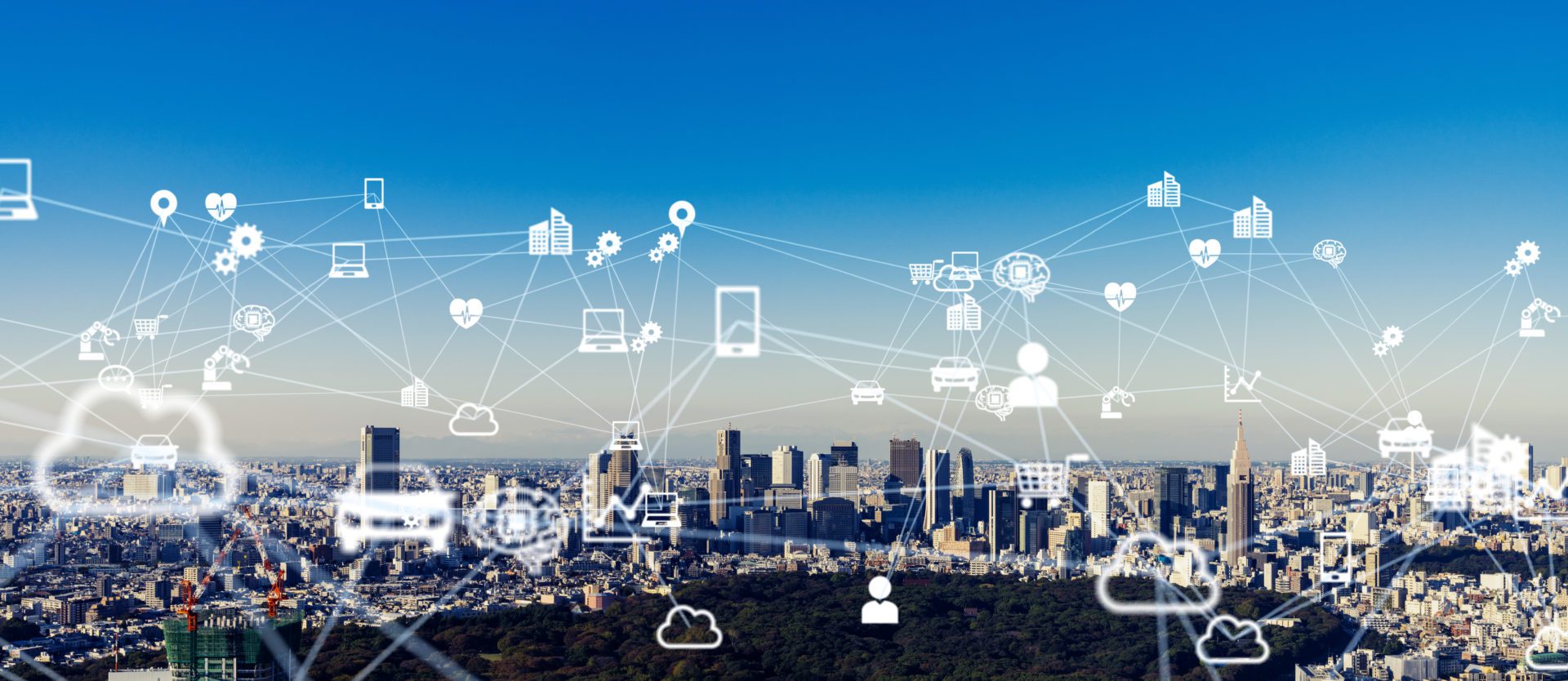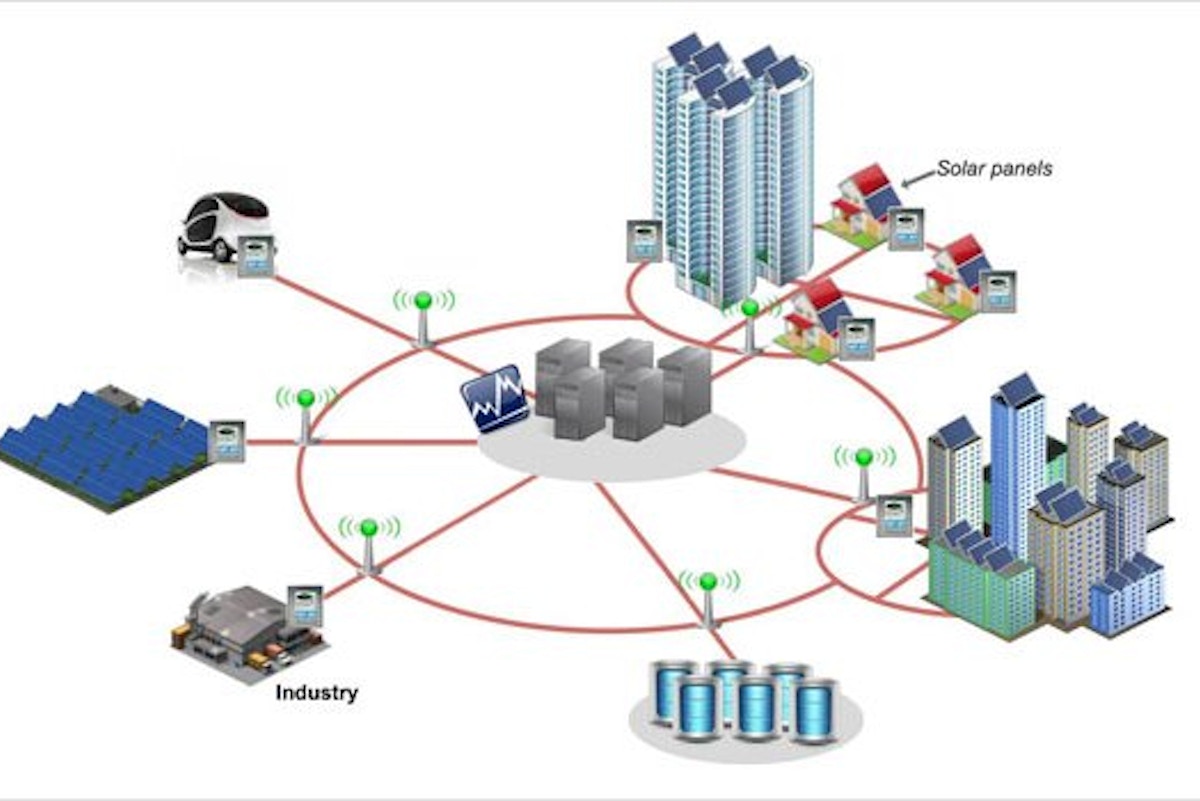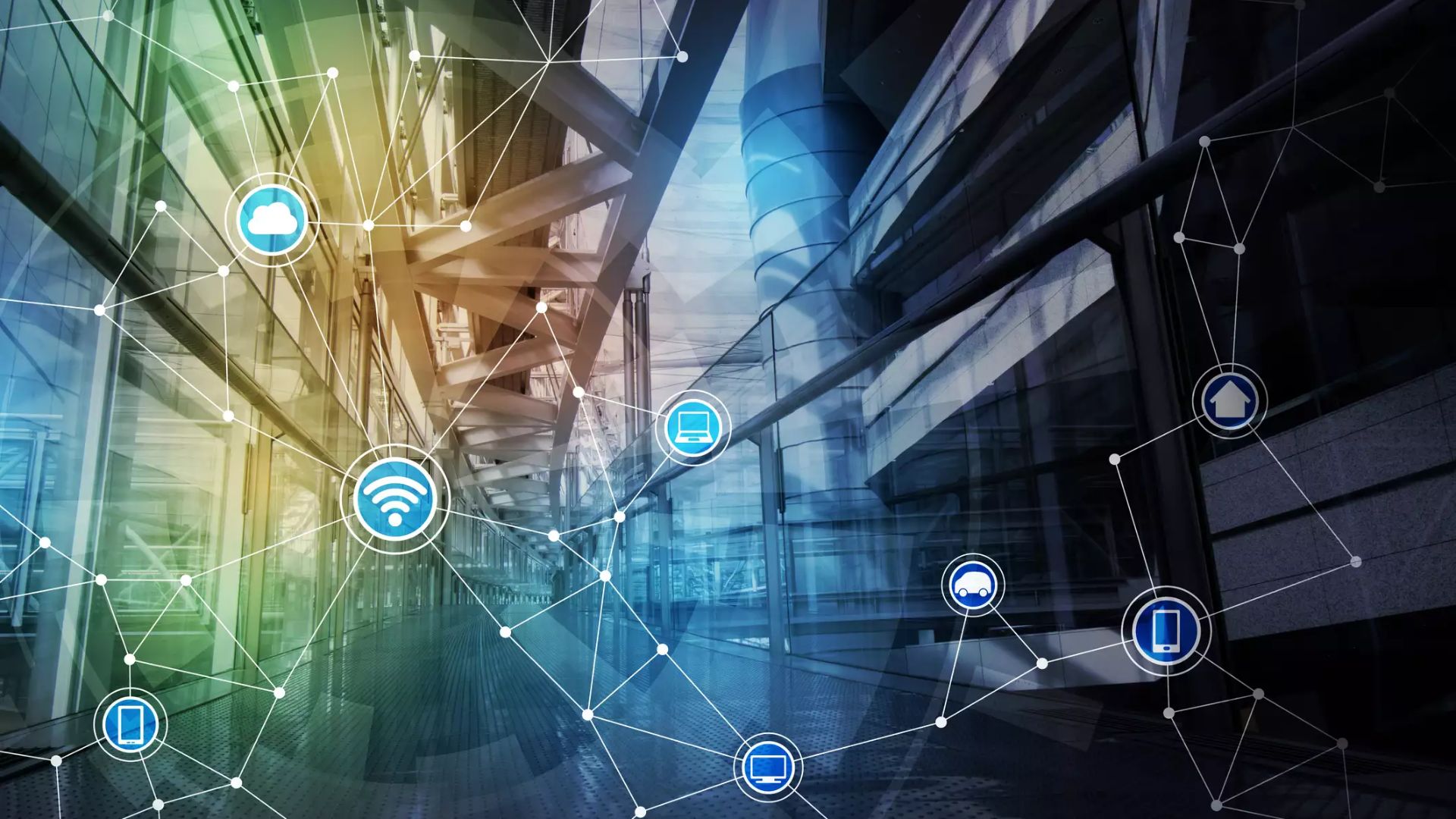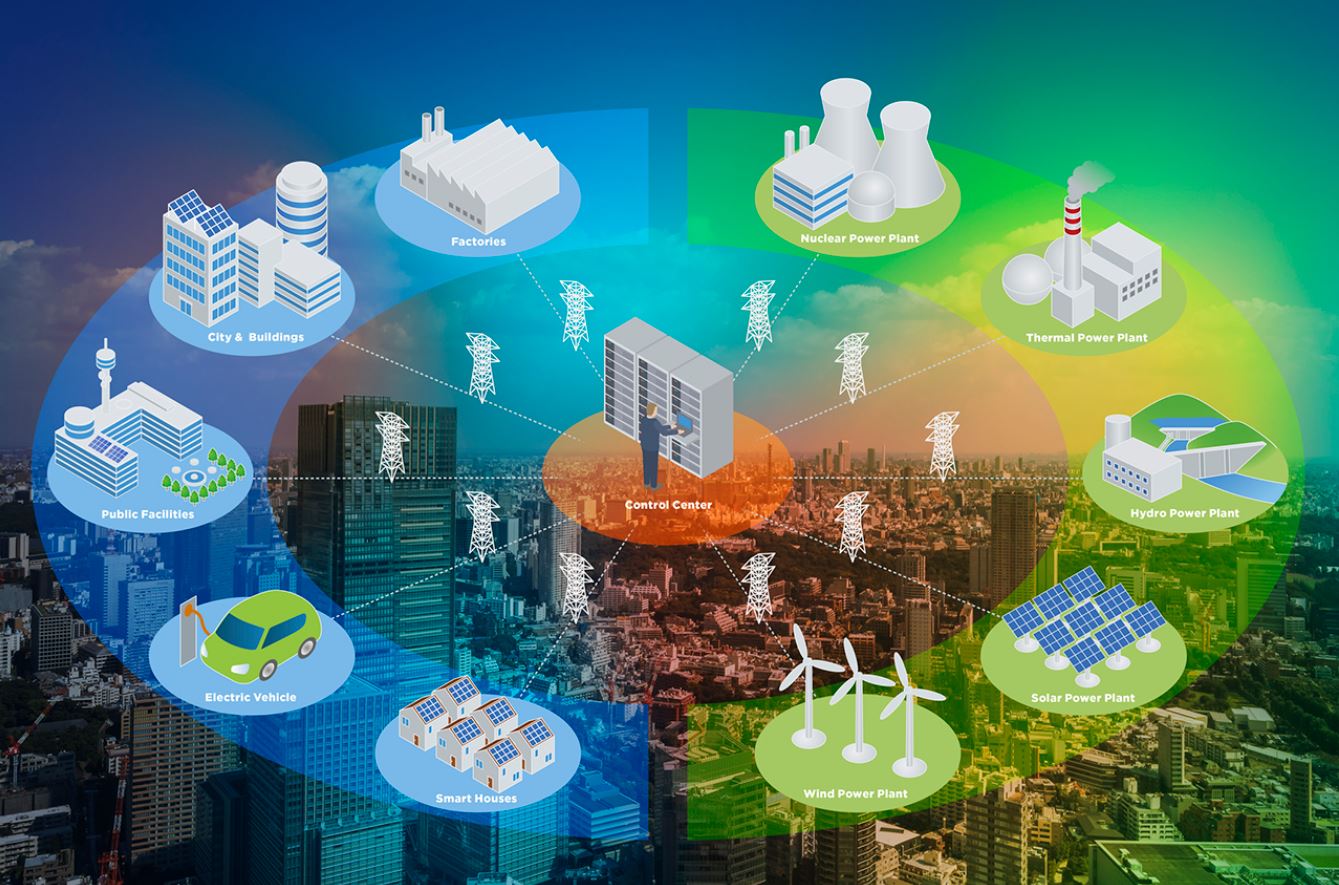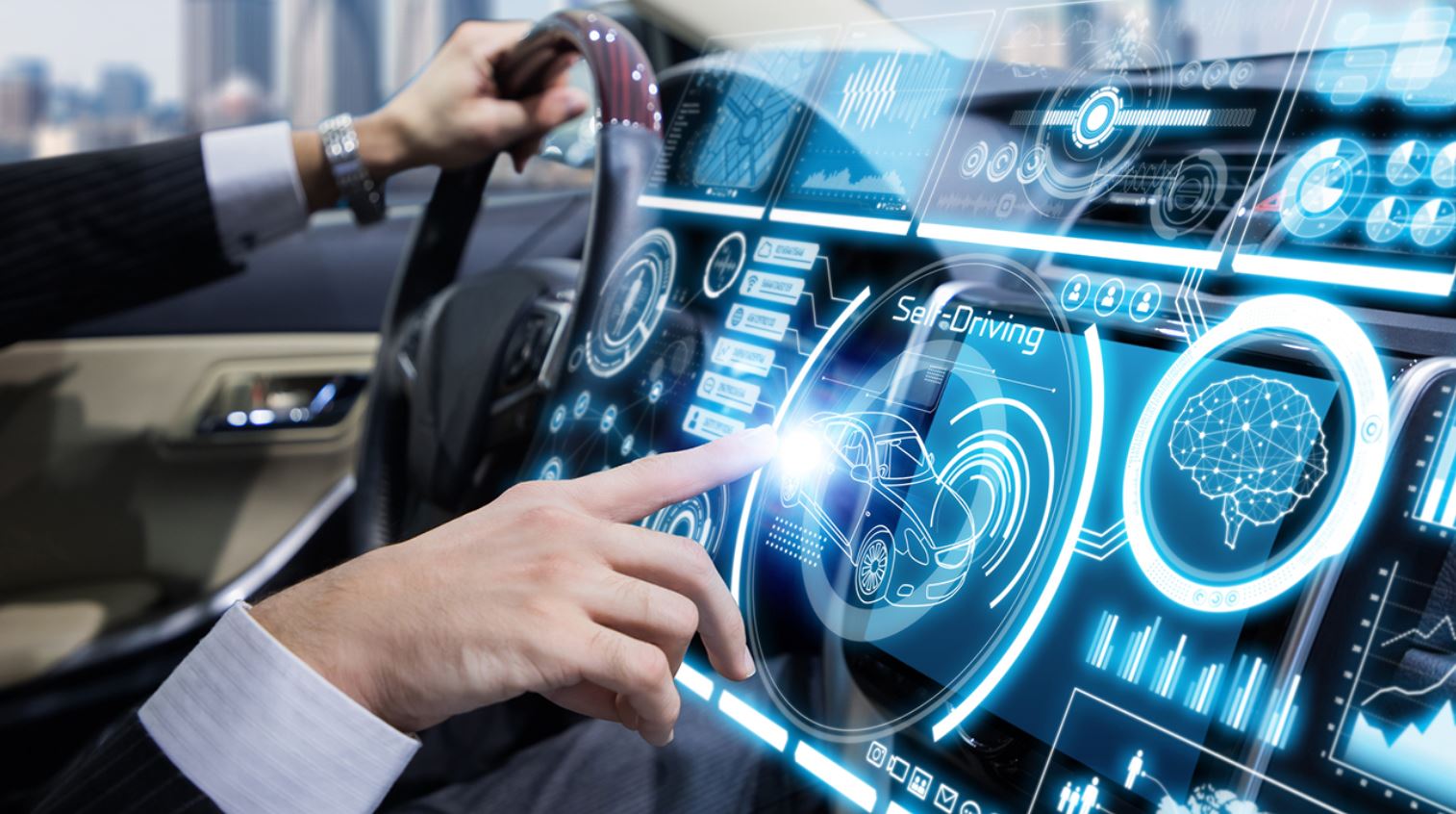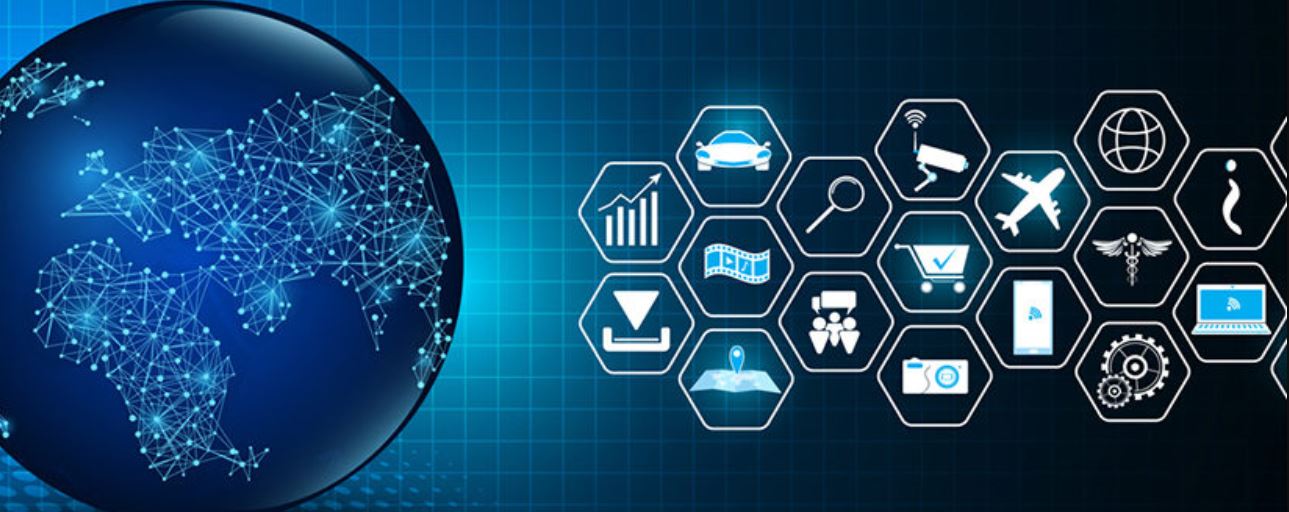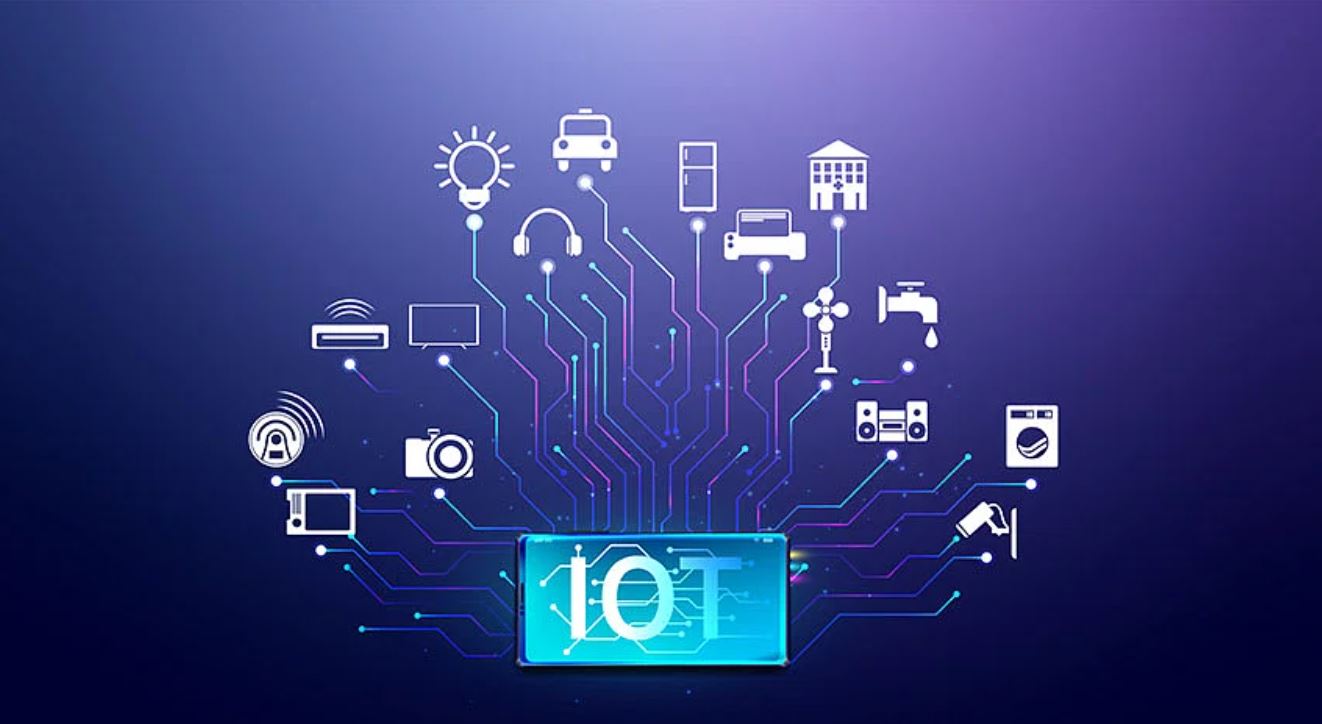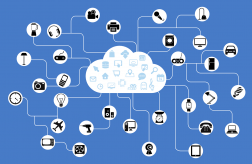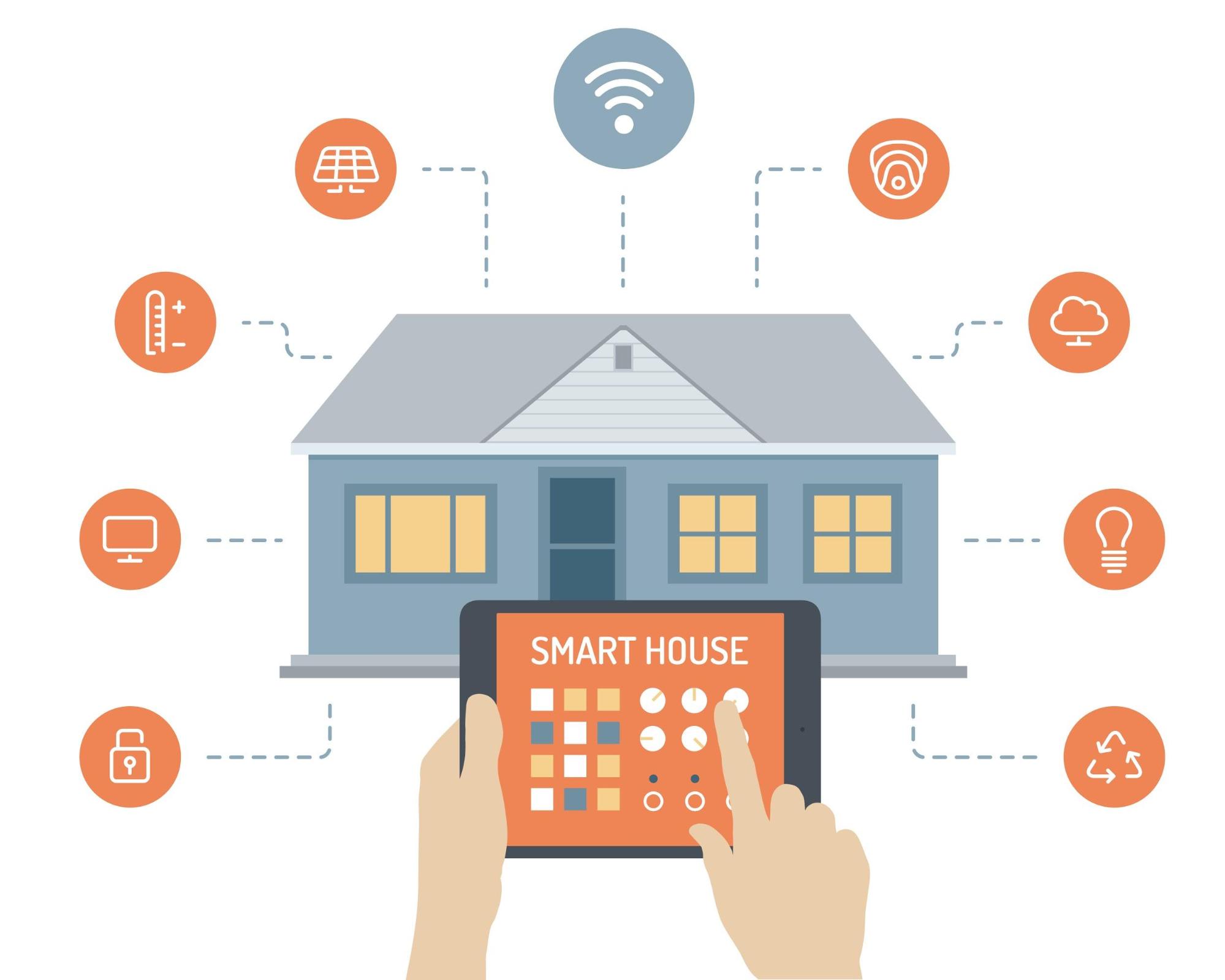Introduction
As cities continue to grow and evolve, the concept of smart cities has emerged as a solution to address the challenges and demands of urbanization. At the heart of these smart cities lies the Internet of Things (IoT), a network of interconnected devices that communicate and share data with each other. These devices, equipped with sensors and other technologies, create a seamless and intelligent urban environment that enhances efficiency, sustainability, and quality of life for its residents.
The IoT has revolutionized various aspects of our daily lives, from the way we communicate and interact to how we monitor and manage our homes and offices. By harnessing the power of IoT, cities can optimize their infrastructure, resources, and services to provide their citizens with a better living experience.
A smart city, on the other hand, is a city that utilizes technology and data to improve the overall quality of life for its residents. It relies on IoT sensors and devices to collect and analyze data about its infrastructure, transportation systems, energy usage, and more. This data-driven approach allows city officials and urban planners to make informed decisions and implement efficient strategies to address various challenges such as traffic congestion, energy waste, and pollution.
The intersection of IoT and smart cities has opened up a world of possibilities. By integrating IoT technologies into the fabric of the city, urban environments can become more interconnected, responsive, and sustainable. From smart traffic systems that optimize routes and reduce congestion, to intelligent waste management systems that optimize collection routes based on real-time fill levels, the potential applications of IoT in smart cities are vast.
In this article, we will explore the benefits of IoT smart cities, examine real-world examples of IoT applications in smart cities, and discuss the challenges and concerns that come with this technological evolution. By understanding the potential of IoT smart cities, we can envision a future where urban environments are not only efficient and sustainable but also provide a better quality of life for their residents.
What is IoT?
The Internet of Things (IoT) refers to the vast network of interconnected physical devices, vehicles, appliances, and other objects that are embedded with sensors, software, and connectivity to collect and exchange data over the internet. These connected devices can communicate with each other and with us, creating a seamless and intelligent ecosystem.
IoT is all about connecting the previously unconnected, allowing everyday objects to become part of a digital network and enabling them to gather and share information. This network of things has the potential to revolutionize the way we live, work, and interact with our surroundings.
The key principle behind IoT is data. These connected devices generate vast amounts of data, which can be analyzed and turned into actionable insights. These insights can then be used to make informed decisions, improve efficiencies, and enhance the overall user experience. For example, a smart thermostat can learn about your preferences and adjust the temperature of your home accordingly, saving energy and providing optimal comfort. IoT has the power to transform industries such as healthcare, transportation, agriculture, and more.
IoT devices rely on a combination of hardware, software, and connectivity technologies to function. Sensors and actuators are the building blocks of IoT devices, allowing them to collect data from their environment and perform actions based on that data. The software that runs on these devices enables data analysis, decision-making, and communication with other devices or systems. Connectivity technologies such as Wi-Fi, Bluetooth, and cellular networks ensure that these devices can communicate with each other and with the internet.
The potential applications of IoT are vast and continue to expand. From smart homes and wearable devices to smart factories and smart cities, IoT is transforming industries and shaping the way we interact with technology. With the increasing proliferation of IoT devices and advancements in technologies such as artificial intelligence and big data analytics, the possibilities for innovation and growth are limitless.
What is a Smart City?
A smart city is a city that utilizes technology and data to improve the overall quality of life for its residents. It leverages interconnected devices, sensors, and data analytics to optimize various aspects of urban living, including transportation, energy usage, infrastructure, public services, and more. The ultimate goal is to create a more sustainable, efficient, and livable urban environment.
In a smart city, data is collected from a multitude of sources, such as IoT devices, sensors, and citizen input. This data is then analyzed and used to make informed decisions and implement strategies that can positively impact the city and its residents. By utilizing real-time data and insights, smart cities can enhance their infrastructure planning, resource allocation, and service delivery.
One of the key features of a smart city is the integration of technology into various systems and processes. For example, smart transportation systems utilize real-time data to optimize traffic flow, improve public transportation services, and reduce congestion. This could include intelligent traffic signals that adjust timings based on traffic patterns or smart parking systems that help drivers find available parking spaces.
Energy management is another crucial aspect of a smart city. By monitoring energy consumption patterns and utilizing renewable energy sources, smart cities can reduce their carbon footprint and promote sustainability. This could involve smart grids that allow for efficient energy distribution, smart home systems that regulate energy usage, or smart streetlights that automatically adjust brightness based on the presence of pedestrians.
Furthermore, smart cities prioritize citizen engagement and participation. By utilizing digital platforms and mobile applications, residents can actively contribute to the city’s decision-making processes. This could involve reporting infrastructure issues through a mobile app, participating in online surveys to provide feedback, or accessing real-time information about public transportation schedules and routes.
Overall, the concept of a smart city is centered around using technology and data to improve the quality of life for residents, promote sustainable development, and enhance the overall efficiency of urban systems. By fostering innovation, collaboration, and continuous improvement, smart cities strive to create inclusive and resilient communities that can adapt to the evolving needs of their residents.
The Intersection of IoT and Smart Cities
The intersection of the Internet of Things (IoT) and smart cities represents a powerful combination that has the potential to revolutionize urban living. IoT devices and sensors provide the data and connectivity needed to make cities smarter and more efficient.
In a smart city, IoT devices are deployed throughout the urban landscape, collecting data on various aspects such as traffic patterns, air quality, waste management, energy consumption, and more. This data is then analyzed in real-time, allowing city officials and urban planners to gain valuable insights and make data-driven decisions.
For example, IoT sensors can be used to monitor traffic flow and congestion in real-time. This information can then be used to optimize traffic signal timings, reroute vehicles, and alert drivers to alternative routes, reducing traffic congestion and improving overall transportation efficiency.
IoT devices can also be integrated into the management of utilities and infrastructure. Smart grids, for instance, use real-time data on energy demand and supply to optimize energy distribution, reduce wastage, and promote the use of renewable energy sources. Similarly, smart waste management systems can monitor the fill levels of trash bins, optimizing waste collection routes and reducing unnecessary pickups, resulting in cost savings and reduced environmental impact.
Furthermore, by incorporating IoT technology into public safety initiatives, smart cities can improve emergency response times and enhance citizen safety. For example, smart surveillance cameras can detect suspicious activities and alert law enforcement agencies in real-time, enabling a quicker response to potential threats.
The integration of IoT devices and smart city infrastructure also enables citizens to actively participate in the decision-making process and have a more personalized urban experience. Mobile applications and digital platforms can provide real-time information on public transportation schedules, available parking spaces, and community events. Citizens can also provide feedback and report issues to municipal authorities, fostering a sense of community engagement and collaboration.
However, the intersection of IoT and smart cities is not without challenges. Privacy and security concerns are paramount, as the vast amounts of data collected by IoT devices need to be securely stored and protected from hacking and unauthorized access. Additionally, ensuring interoperability and standardization of the different IoT devices and systems used in smart cities is crucial for seamless integration and effective data sharing.
Despite these challenges, the intersection of IoT and smart cities holds immense potential to improve the quality of life for urban residents. By leveraging data and connectivity, smart cities can optimize resource allocation, reduce environmental impact, enhance citizen safety, and create a more connected and livable urban environment.
Benefits of IoT Smart Cities
The implementation of IoT technology in smart cities brings forth numerous benefits that significantly enhance the quality, efficiency, and sustainability of urban living. These benefits extend to various aspects, including transportation, energy, waste management, public safety, and citizen engagement.
One of the key advantages of IoT in smart cities is improved transportation systems. With real-time data and smart traffic management, cities can optimize traffic flow, reduce congestion, and improve overall transportation efficiency. This results in reduced commuting times, decreased fuel consumption, and improved air quality. Intelligent transportation systems can also provide real-time information to commuters, allowing them to make informed decisions about routes and transportation options.
Energy efficiency is another significant benefit of IoT in smart cities. Through the implementation of IoT devices, energy consumption can be monitored and controlled more effectively. Smart grids allow for efficient distribution of energy, optimizing load management and promoting the use of renewable energy sources. IoT-based energy management systems also enable residents to monitor and adjust their energy usage, leading to reduced energy waste and cost savings.
Effective waste management is another area where IoT smart cities excel. IoT-enabled sensors can monitor the fill levels of trash bins and optimize waste collection routes accordingly. This not only reduces unnecessary pickups but also ensures that waste collection is performed in a timely and efficient manner. The result is reduced costs, minimized environmental impact, and cleaner neighborhoods.
IoT also plays a crucial role in enhancing public safety in smart cities. Smart surveillance systems equipped with cameras and sensors can detect unusual activities or emergencies in real-time, enabling prompt response from law enforcement agencies or emergency services. Additionally, IoT-powered emergency response systems can automatically detect accidents or incidents and alert first responders, reducing response times and potentially saving lives.
Furthermore, IoT technology fosters improved citizen engagement and participation in smart cities. Digital platforms and smartphone applications provide residents with real-time information about public transportation, water and energy usage, and community events. Citizens can actively contribute to the decision-making process by reporting issues and providing feedback through these platforms. This level of engagement strengthens the relationship between residents and local authorities, creating a sense of community and collaboration.
In summary, the benefits of IoT in smart cities are multifaceted. They encompass improved transportation efficiency, enhanced energy management, optimized waste management, increased public safety, and enhanced citizen engagement. By harnessing the power of IoT, smart cities can create a more connected, sustainable, and livable urban environment that meets the needs and aspirations of its residents.
Examples of IoT Smart City Applications
The implementation of IoT technology in smart cities has led to a wide range of innovative applications that enhance various aspects of urban living. These examples demonstrate the practical use of IoT in improving efficiency, sustainability, and quality of life in smart cities.
One prominent example of IoT in smart cities is smart transportation systems. Cities are utilizing IoT technology to develop intelligent traffic management systems that optimize the flow of vehicles, reduce congestion, and improve overall transportation efficiency. Real-time data from sensors and cameras are used to monitor traffic conditions and adjust traffic signals and routes accordingly. This helps to minimize travel times, reduce fuel consumption, and enhance the overall commuting experience.
Another area where IoT is making a significant impact is in energy management. Smart grids equipped with IoT devices enable more efficient distribution of electricity. These grids can monitor energy usage in real-time, allowing for load balancing and optimal utilization of resources. Additionally, smart buildings equipped with IoT systems can adjust heating, cooling, and lighting based on occupancy levels and environmental conditions, resulting in energy savings and reduced environmental impact.
Waste management is being revolutionized by IoT in smart cities. Smart waste bins equipped with sensors and connected to a central management system can monitor fill levels in real-time. This data enables the optimization of waste collection routes, ensuring that pickups are conducted based on actual needs, reducing costs, and improving efficiency. Smart waste management systems also encourage waste recycling by providing information on recycling options and promoting responsible disposal practices.
Public safety is another critical area where IoT technology plays a crucial role. Smart surveillance cameras equipped with IoT capabilities can detect unusual activities or events and provide real-time alerts to law enforcement agencies. These cameras can also be integrated with facial recognition and advanced analytics technology to identify potential threats and enhance overall security in public spaces. IoT-enabled emergency response systems can automatically detect accidents or incidents and alert relevant authorities, leading to faster response times and improved safety.
Citizen engagement and empowerment are also being advanced through IoT applications in smart cities. Mobile applications and online platforms provide residents with real-time information on public services, transportation schedules, and community events. Citizens can also participate in decision-making processes by reporting issues through these platforms, providing feedback, and engaging in online discussions. This level of participation fosters a sense of community ownership and collaboration.
These examples illustrate the significant impact of IoT in transforming cities into smarter, more connected, and sustainable environments. By leveraging IoT technology, smart cities can enhance mobility, optimize resource allocation, improve public safety, and empower their citizens to actively participate in shaping the future of their communities.
Challenges and Concerns with IoT Smart Cities
While IoT technology has tremendous potential to improve the efficiency and livability of smart cities, it is not without its challenges and concerns. As cities continue to embrace IoT solutions, several key issues need to be addressed to ensure the successful and responsible implementation of IoT in smart cities.
One significant concern with IoT smart cities is privacy and data security. The vast amount of data generated by IoT devices, including personal information and sensitive data, raises concerns about unauthorized access and breaches. The secure storage, transmission, and handling of data must be a top priority to protect the privacy and rights of individuals. Robust encryption protocols and strict access controls must be implemented to ensure data integrity and confidentiality.
Interoperability is another challenge in IoT smart cities. With a wide range of devices, sensors, and communication protocols, ensuring compatibility and seamless integration between different IoT systems becomes critical. Interoperability issues can hinder data exchange and collaboration between different stakeholders, limiting the potential benefits of IoT in smart cities. Standardization efforts and open communication protocols are needed to promote interoperability and allow for the free flow of data and information.
Scalability and infrastructure readiness pose additional challenges. As IoT devices proliferate, the existing infrastructure may struggle to handle the increased data traffic and connectivity demands. Upgrading and expanding the supporting infrastructure, such as network connectivity and cloud computing capabilities, is crucial to ensure the smooth operation of IoT systems in smart cities. Financial investments and collaboration between public and private sectors are necessary to address these infrastructure challenges.
Moreover, the digital divide is a concern that needs to be addressed when implementing IoT in smart cities. It is essential to ensure equitable access to technology and connectivity for all residents to prevent the creation of a “smart city divide.” This may require initiatives to bridge the digital divide, such as providing affordable internet access and promoting digital literacy programs to ensure that all citizens can benefit from and participate in the smart city ecosystem.
Ethical considerations also come into play in IoT smart cities. The collection and utilization of vast amounts of data, including personal information, raise concerns about surveillance, data misuse, and transparency. Establishing robust ethical guidelines and regulations that govern the collection, storage, and use of data is crucial to protect individual rights and maintain public trust in IoT smart city initiatives.
Lastly, the rapid pace of technological advancements poses a challenge in terms of keeping up with the evolving security threats and vulnerabilities. Continuous monitoring, updating, and patching of IoT systems to address emerging security risks becomes essential. Collaboration between technology providers, governments, and security experts is necessary to ensure the ongoing resilience and security of IoT smart city implementations.
Addressing these challenges and concerns is vital to ensure the successful and responsible implementation of IoT in smart cities. By proactively addressing privacy, security, interoperability, and infrastructure issues, smart cities can harness the potential of IoT technology while safeguarding the rights and well-being of their citizens.
Conclusion
The concept of IoT smart cities offers immense potential for transforming urban environments into more efficient, sustainable, and livable spaces. By harnessing the power of IoT technology, cities can optimize resource allocation, enhance transportation systems, improve energy management, and empower citizens to actively participate in decision-making processes.
However, the journey towards fully realizing the benefits of IoT smart cities is not without challenges. Privacy and data security concerns need to be addressed to protect the personal information of individuals. Interoperability issues must be resolved to ensure seamless integration and data exchange between different IoT systems. Scalability and infrastructure readiness need to be considered to support the increasing number of IoT devices and the associated data traffic. Bridging the digital divide is crucial to ensure equitable access to technology and connectivity for all residents. Ethical guidelines and regulations must be established to govern the responsible use of data in smart city initiatives. Continuous efforts to address emerging security threats and vulnerabilities are also necessary to safeguard the resilience and security of IoT systems.
Despite these challenges, the potential benefits of IoT smart cities are significant. They include improved transportation efficiency, enhanced energy management, optimized waste management, increased public safety, and enhanced citizen engagement. With careful planning, collaboration between various stakeholders, and a commitment to addressing the challenges, smart cities can create a better quality of life for their residents, promote sustainable development, and build inclusive and resilient communities.
In conclusion, the intersection of IoT and smart cities holds transformative potential for the future of urban living. By embracing IoT technology and addressing the associated challenges, cities can pave the way for a smarter, more connected, and sustainable future.







